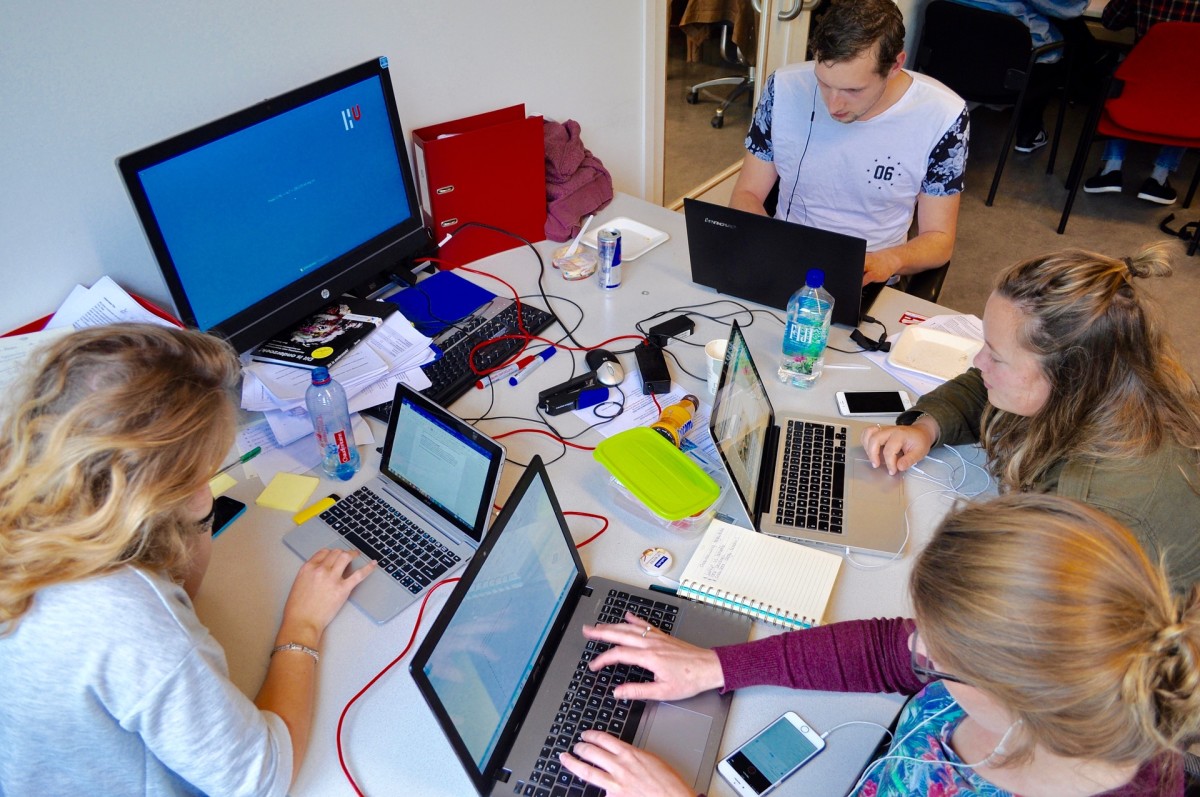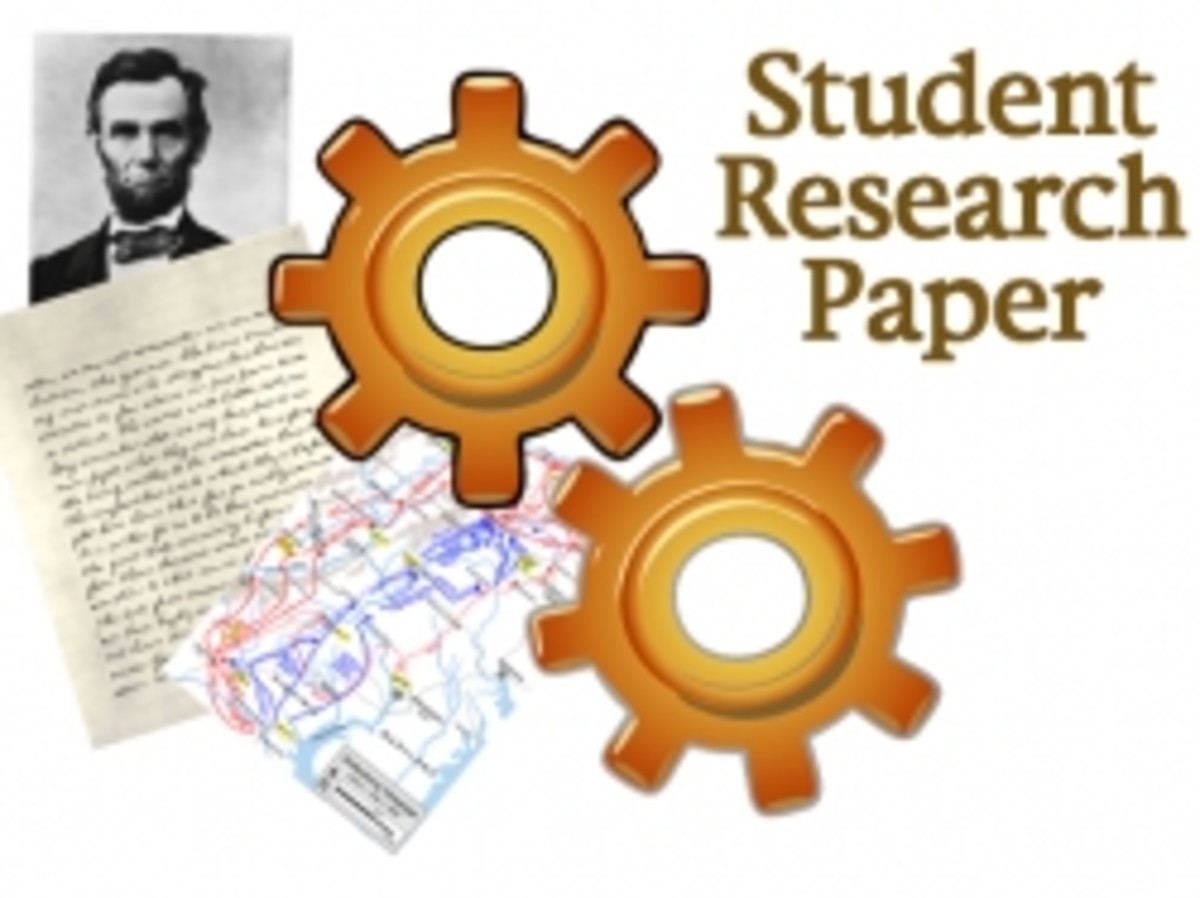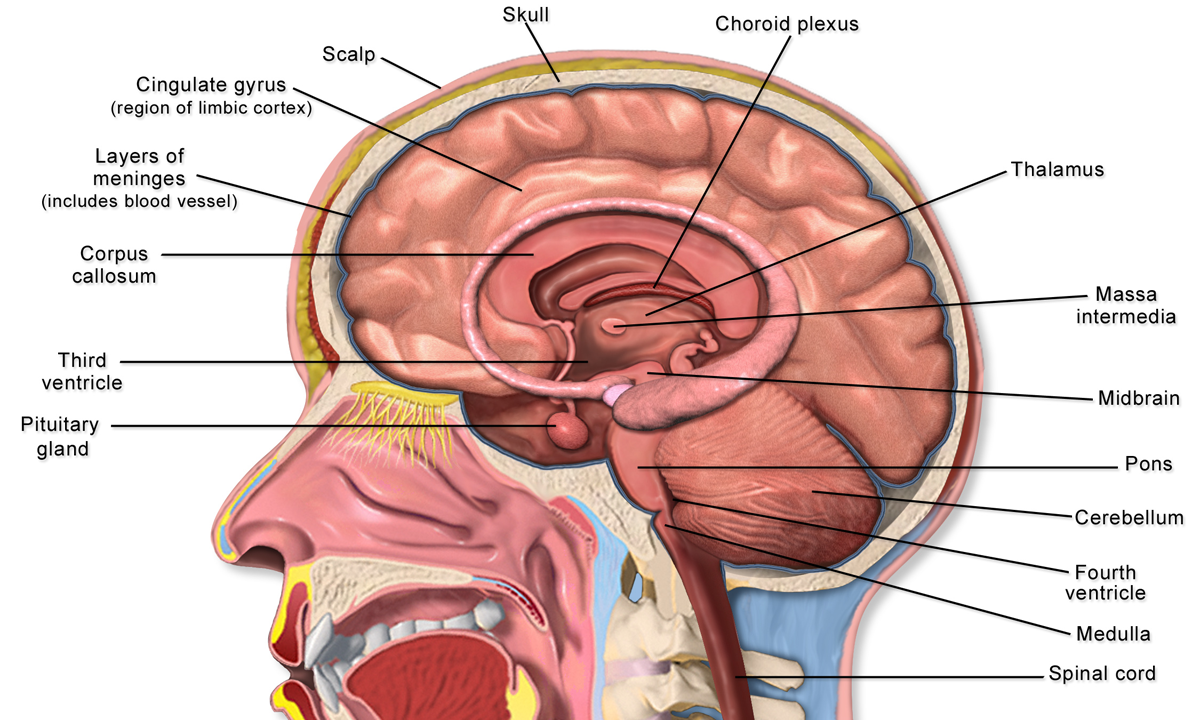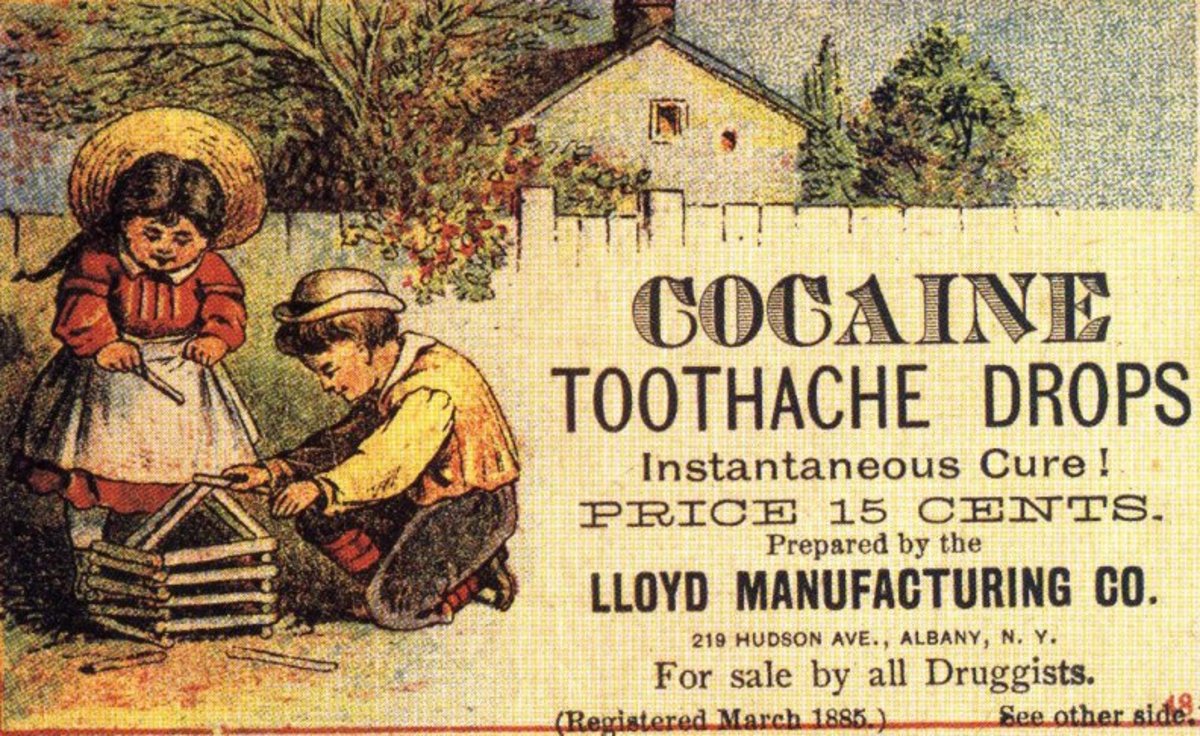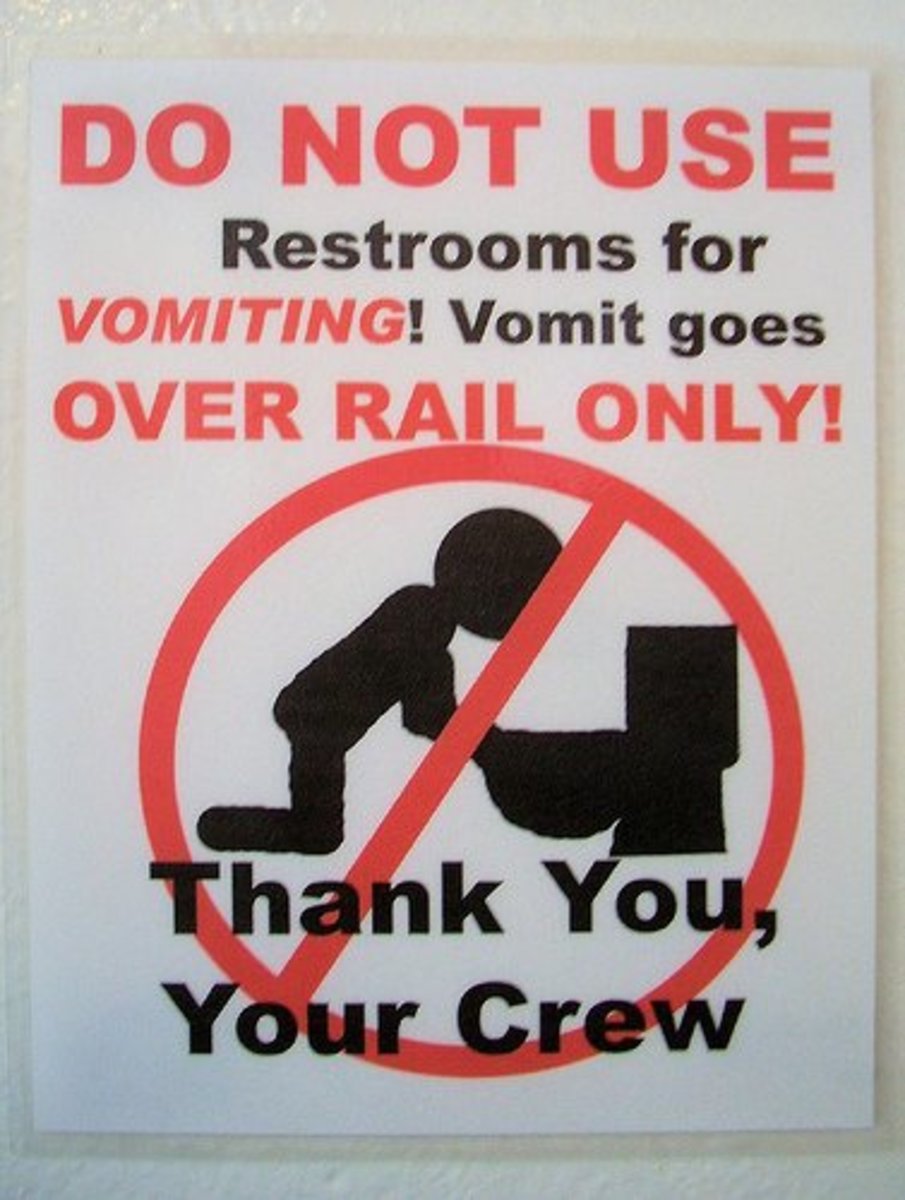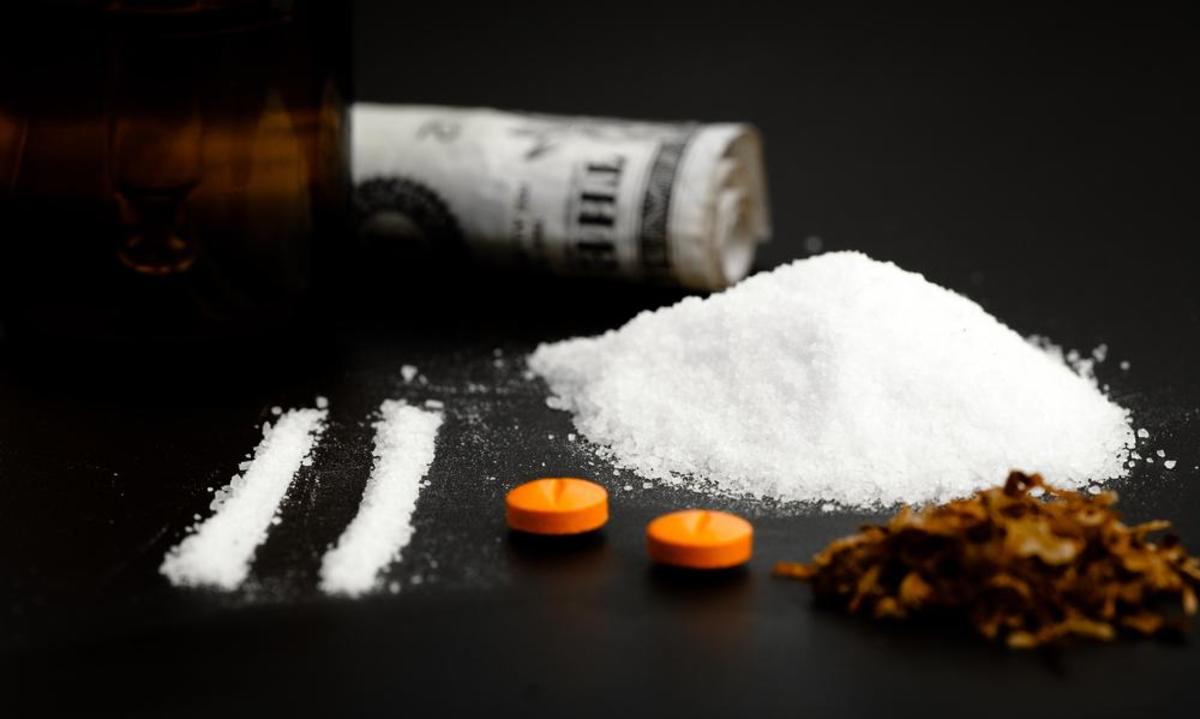- HubPages»
- Health»
- Mental Health»
- Addiction»
- Drug Addiction
Legal Marijuana, Miracle or Madness?
Enormous Potential
The resurgence of interest in marijuana is the result of escalating opiate addiction from over-prescribed pain medication, coupled with the need to provide a safe, predictable alternative.
Marijuana can be that and more.
Proponents claim that pot can be a cure-all for everything from PTSD to seizures, to replacing the plastic in drinking straws.
Studies show that even certain cancer cells are stymied in their growth due to the effects of marijuana use.[1]
Others insist that legalizing the drug is just a gimmick by greedy politicians to establish another endless supply of dollars to the trough, while the pharmaceutical companies continue to churn out opiates with their own set of problems and profits.
Still, others go to bed at night with nightmares brought on by the 1930s "Reefer Madness" that was sweeping the nation.
Whether for or against the drug, facts support the numbers of people using marijuana. Some 22 million in the last month alone.[2]
According to a poll conducted by the PEW Research Center, more than 61% of Americans think it's time to legalize marijuana.
PEW goes on to say, eight states have legalized recreational use of the drug while 29 others plus The District of Columbia, Guam and Puerto Rico have legalized marijuana for medicinal use[3].
THC or CBD. What's the Difference?
The component of the cannabis sativa plant that most people are familiar with is Marijuana. Pot, Grass, Mary Jane, Refer, and any number of nicknames for the drug that produces the high that many relish and others fear.
THC (delta-9-tetrahydrocannabinol) the main chemical compound in the marijuana plant that produces euphoria when smoked or eaten, is present primarily in the flowers and leaves of female plants only.
This is the most widely recognized ingredient, used to treat pain, anxiety, depression and other ailments that no longer respond to normally prescribed drugs.
THC can be separated from other compounds and used for specific treatments.It has not been proven to be addictive like the opiates it could replace.
Studies have shown that in states where medicinal marijuana is legal, opiate use (and potential abuse) has actually decreased.
CBD or cannabidiol, found in both marijuana and its cousin the hemp plant, does not produce any kind of altered reality as it contains less than 0.3% THC.
It is, however, a very potent anti-inflammatory agent that can help to relieve the symptoms of arthritis, migraine headaches and nausea resulting from long-term chemotherapy treatments.
CBD can be taken as an edible or smoked as a vapor. Vaping seems to be a more effective form of administration as the compound is absorbed directly into the bloodstream through the lungs and respiratory system.
Taken along with THC it can alleviate pain and greatly enhance the body's efforts to heal through its own autoimmune system.
Note: Cannabinoids are also produced in our bodies naturally through the endocannabinoid system which supports the regulatory system. This controls all of the body's automatic responses; breathing, heart rate, nervous and circulatory systems.
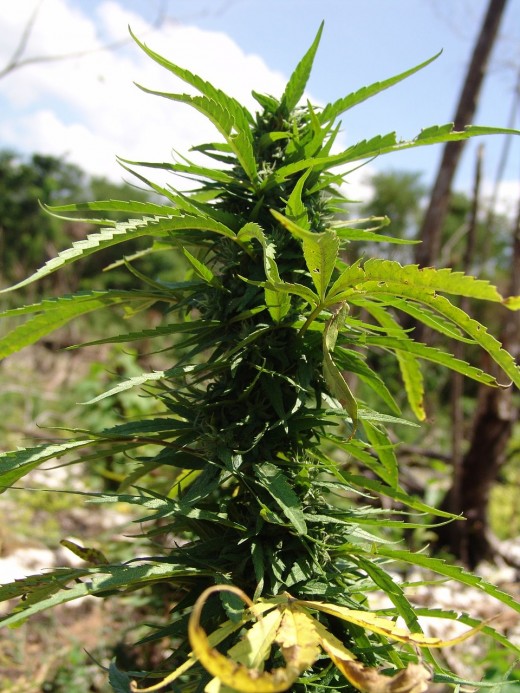
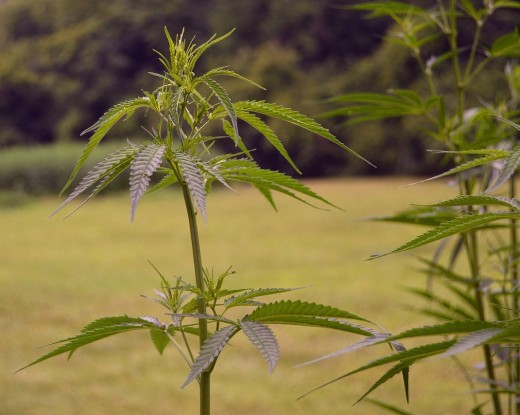
FDA Approval
Marijuana had been listed in the United States Pharmacopeia as a medicine, from 1859 until 1942.
It was used to treat labor pain, nausea, and rheumatism.
Due to its easy availability and wide appeal as a recreational drug, it was removed from medical use and classified as a Scheduled 1 Drug in The Controlled Substances Act of 1970.
The ban included the use of hemp which contained no mind-altering THC.
Beginning in 1990, the FDA has approved several marijuana-based drugs for the treatment of nausea from long-term chemotherapy use and to stimulate the appetites of AIDS patients.
CBD based drugs have been developed to treat children suffering from two forms of "severe childhood epilepsy", Dravet syndrome and Lennox-Gastaut Syndrome[4].
Other forms of cannabis, whether derived from THC or CBD are being used or have the potential to treat (in addition to those listed above) Multiple Sclerosis, Alzheimer's Disease, Glaucoma, Parkinson's Disease, Lupus, traumatic brain injury and strokes[5].
Both forms are particularly effective in treating the anxiety and depression resulting from PTSD and specifically, that which occurs after years of living with the "suicidal pain" of cluster headaches[6].
The Future
The problem, of course, is getting the public to accept the logic behind legalizing marijuana for both medical and recreational use.
While the individual states can legalize marijuana, the Federal Government still needs to remove it from the list of banned substances.
At the very least, hemp and its products could be made available for medicinal and industrial applications.
More research needs to be done in order to unleash the potential of both THC and CBD which could transform the treatment of diseases.
As it stands, most of the research is being done in other countries.
That's the way it will stay unless our government agrees to unlock the potential of marijuana for the benefit of us all.
Bibliography
[1] McAllister SD, Christian RT, Horowitz MP, Garcia A, Desprez PY.Mol Cancer Ther. 2007 Nov;6(11):2921-7.
2NIDA. (2018, June 25). Marijuana. Retrieved from https://www.drugabuse.gov/publications/research-reports/marijuana on 2018, September 26
3 PEW Research Center, Abigail Geiger, January 5, 2018 http://pewrsr.ch/2E9u3hd
4 NIDA. (2018, June 25). Marijuana. Retrieved from https://www.drugabuse.gov/publications/research-reports/marijuana on 2018, September 26
5 Life Hack, Sumaiya Kabir,August 22, 2018.
6 Journal of Neurology & Stroke, John Fletcher, November 13, 2015


